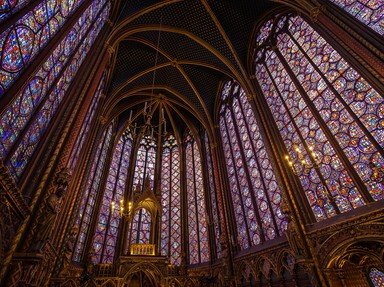
Finnish Culture: Beyond Sauna Trivia Quiz
When I was younger, I lived in Finland for almost six years, and will always treasure that experience. Can you match some specific items of that country's society and culture with the Finnish words for them?
A matching quiz
by LadyNym.
Estimated time: 4 mins.
- Home
- »
- Quizzes
- »
- World Trivia
- »
- Cultures
- »
- European Cultures